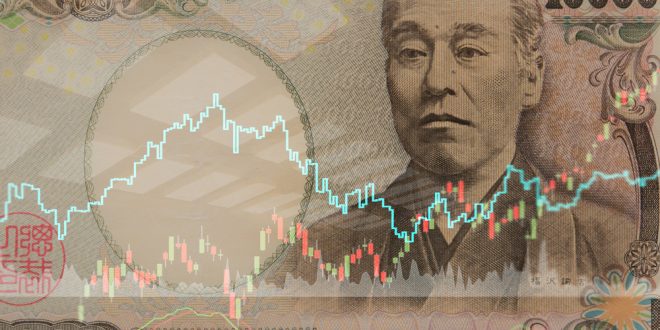Several Asian share benchmarks experienced declines on Thursday as investors grappled with the implications of policymakers adopting a patient approach to monetary easing amidst persistent inflationary pressures. Geopolitical tensions, particularly in the Taiwan Strait, added to market concerns.
Market Movements
Chinese blue chips and Hong Kong’s Hang Seng Index faced notable losses, falling 0.9% and 1.4% respectively. MSCI’s broadest index of Asia-Pacific shares outside Japan eased by 0.26%, while Australia’s S&P/ASX 200 index lost 0.5%, partially due to a pullback in commodity prices.
Global Monetary Policy Outlook
Investor sentiment was influenced by more hawkish-than-expected minutes from the Federal Reserve’s latest policy meeting, alongside a surge in UK inflation and cautious remarks from the Reserve Bank of New Zealand regarding rate cuts. These factors led investors to recalibrate their expectations for the pace and scale of global rate cuts anticipated for the year.
Boost in U.S. Stock Futures
U.S. stock futures received a boost following positive earnings forecasts from AI giant Nvidia, leading to a surge in its shares. S&P 500 futures and Nasdaq futures both saw gains, while EUROSTOXX 50 futures inched up.
Regional Performance
Despite broader market declines, Taiwan’s tech-heavy stock benchmark reached a record peak, and Japan’s Nikkei jumped 1.2%, partly supported by a weaker yen.
Currency Markets
Sterling and the kiwi maintained near two-month highs, while the yen weakened against the dollar, reaching its lowest level in over three weeks. Meanwhile, the prospect of a delayed Bank of England rate cut and the Reserve Bank of New Zealand’s cautious stance influenced currency movements.
Commodities
Gold prices dipped slightly amid expectations of prolonged higher U.S. interest rates, while oil prices also fell, with brent crude down to $81.44 a barrel and U.S. crude edging lower to $77.03 per barrel.
Outlook
Market sentiment remains sensitive to global monetary policy shifts, geopolitical developments, and earnings reports, with investors closely monitoring central bank communications and economic data releases for further cues.
 Noor Trends News, Technical Analysis, Educational Tools and Recommendations
Noor Trends News, Technical Analysis, Educational Tools and Recommendations




